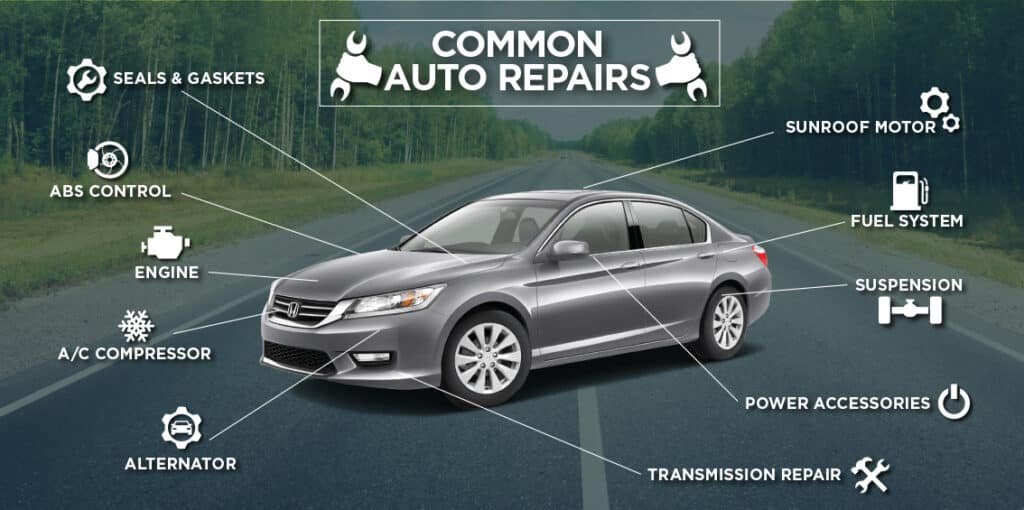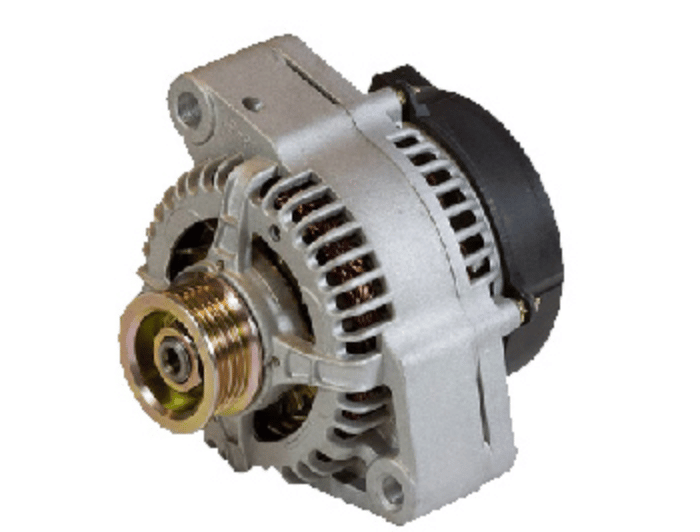Auto Electric shop
» Module Programming

We specialize auto electric which intels module programming, re-programming, and repairing automotive computer modules and instrument clusters. We know module programming from A to Z.
» Electrical Diagnostics

» Wire Harness Repairs

Our main goal is to help you with auto electric issues avoid replacing costly wire harness assemblies. Auto Capabilities can reduce costs, save valuable time, with out sacrificing quality.
The average car today can have between 25 and 50 central processing units (CPUs) or Computers
The level of sophistication is likely to rise as self-driving vehicles move closer to mass production.
Automotive electronics are electronic systems used in vehicles, including engine management, ignition, radio, carputers, telematics, in-car entertainment systems, and others.
Ignition, engine and transmission electronics are also found in trucks, motorcycles, off-road vehicles, and other internal combustion powered machinery such as forklifts, tractors and excavators. Related elements for control of relevant electrical systems are also found on hybrid vehicles and electric cars.
Electronic systems have become an increasingly large component of the cost of an automobile, from only around 1% of its value in 1950 to around 30% in 2010.
[1] Modern electric cars rely on power electronics for the main propulsion motor control, as well as managing the battery system. Future autonomous cars will rely on powerful computer systems, an array of sensors, networking, and satellite navigation, all of which will require electronics.
Engine electronics
One of the most demanding electronic parts of an automobile is the engine control unit (ECU). Engine controls demand one of the highest real-time deadlines, as the engine itself is a very fast and complex part of the automobile. Of all the electronics in any car, the computing power of the engine control unit is the highest, typically a 32-bit processor.[citation needed]
A modern car may have up to 100 ECU’s and a commercial vehicle up to 40.[citation needed]
An engine ECU controls such functions as:
In a diesel engine:
- Fuel injection rate
- Emission control, NOx control
- Regeneration of oxidation catalytic converter
- Turbocharger control
- Cooling system control
- Throttle control
In a gasoline engine:
- Lambda control
- OBD (On-Board Diagnostics)
- Cooling system control
- Ignition system control
- Lubrication system control (only a few have electronic control)
- Fuel injection rate control
- Throttle control
Many more engine parameters are actively monitored and controlled in real-time. There are about 20 to 50 that measure pressure, temperature, flow, engine speed, oxygen level and NOx level plus other parameters at different points within the engine. All these sensor signals are sent to the ECU, which has the logic circuits to do the actual controlling. The ECU output is connected to different actuators for the throttle valve, EGR valve, rack (in VGTs), fuel injector (using a pulse-width modulated signal), dosing injector and more. There are about 20 to 30 actuators in all.
Transmission electronics
These control the transmission system, mainly the shifting of the gears for better shift comfort and to lower torque interrupt while shifting. Automatic transmissions use controls for their operation, and also many semi-automatic transmissions having a fully automatic clutch or a semi-auto clutch (declutching only). The engine control unit and the transmission control exchange messages, sensor signals and control signals for their operation.
Chassis electronics
The chassis system has a lot of sub-systems which monitor various parameters and are actively controlled:
- ABS – Anti-lock Braking System
- ASR / TCS – Anti Slip Regulation / Traction Control System
- BAS – Brake Assist
- EBD – Electronic Brakeforce Distribution
- EDC – Electronic Damper Control
- EDS – Electronic Differential Slippery
- ESP – Electronic Stability Program
- ETS – Enhanced Traction System
- PA – Parking Assistance
Passive safety
These systems are always ready to act when there is a collision in progress or to prevent it when it senses a dangerous situation:
Driver assistance
- Lane assist systems
- Speed assist system
- Blind spot detection
- Park assist system
- Adaptive cruise control system
- Pre-collision Assist
Passenger comfort
- Automatic climate control
- Electronic seat adjustment with memory
- Automatic wipers
- Automatic headlamps – adjusts beam automatically
- Automatic cooling – temperature adjustment
Entertainment systems
All of the above systems form an infotainment system. Developmental methods for these systems vary according to each manufacturer. Different tools are used for both hardware and software development.
Electronic integrated cockpit systems
These are new generation hybrid ECUs that combine the functionalities of multiple ECUs of Infotainment Head Unit, Advanced Driver Assistance Systems (ADAS), Instrument Cluster, Rear Camera/Parking Assist, Surround View Systems etc. This saves on the cost of electronics as well as mechanical/physical parts like interconnects across ECUs etc. There is also a more centralized control so data can be seamlessly exchanged between the systems.
There are of course challenges too. Given the complexity of this hybrid system, a lot more rigor is needed to validate the system for robustness, safety and security. For example, if the infotainment system’s application which could be running an open-source Android OS is breached, there could be possibility of hackers to take control of the car remotely and potentially misuse it for anti-social activities.
Typically so, usage of a hardware+software enabled hypervisors are used to virtualize and create separate trust and safety zones that are immune to each other’s failures or breaches. Lot of work is happening in this area and potentially will have such systems soon if not already.
Functional safety requirements
In order to minimize the risk of dangerous Auto Electric failures, safety-related electronic systems have to be developed following the applicable product liability requirements. Disregard for, or inadequate application of these standards can lead to not only personal injuries, but also severe legal and economic consequences such as product cancellations or recalls.
The IEC 61508 standard, generally applicable to electrical/electronic/programmable safety-related products, is only partially adequate for automotive-development requirements. Consequently, for the automotive industry, this standard is replaced by the existing ISO 26262, currently released as a Final Draft International Standard (FDIS). ISO/DIS 26262 describes the entire product life-cycle of safety-related electrical/electronic systems for road vehicles.
It has been published as an international standard in its final version in November 2011. The implementation of this new standard will result in modifications and various innovations in the automobile electronics development process, as it covers the complete product life-cycle from the concept phase until its decommissioning.

